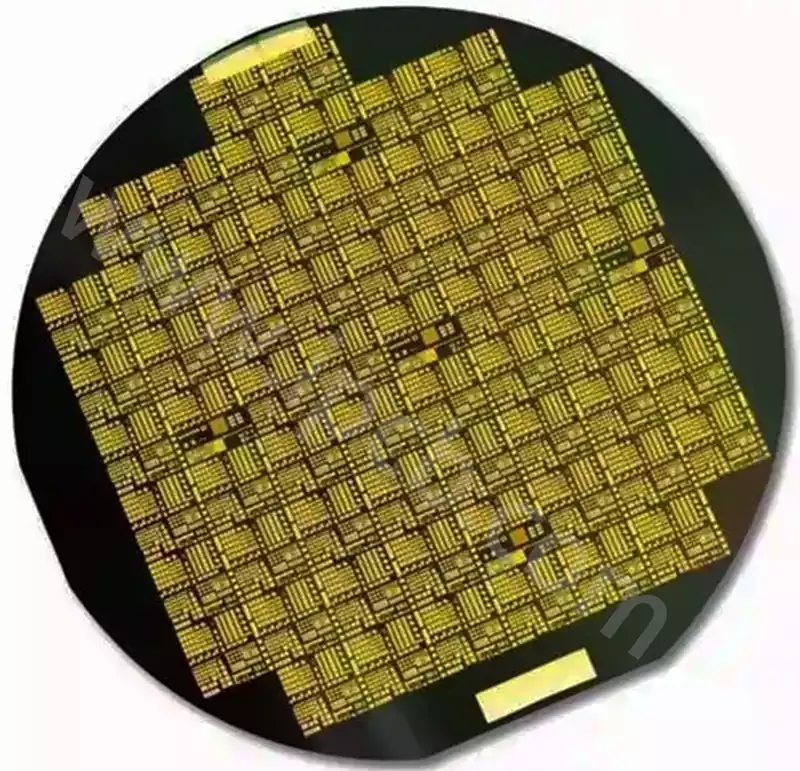Microwave radio frequency technology refers to techniques utilising radio waves within the frequency range of 300MHz to 300GHz for information transmission, processing, or application. Radio frequency (RF) typically denotes electromagnetic waves across a broad spectrum, while microwaves constitute the higher-frequency, shorter-wavelength segment within this range. Owing to characteristics such as high frequency, rapid transmission, substantial capacity, and strong penetration capabilities, microwave radio frequency technology holds extensive application prospects across multiple domains.
Principles of Microwave Radio Frequency Technology
The operational principles of microwave radio frequency technology are fundamentally based on the oscillation and propagation of electromagnetic waves. Specifically, this encompasses several key components:
Oscillator: The oscillator serves as the pivotal device for generating microwave radio frequency signals. It harnesses the interaction between electric charge and inductance to produce electromagnetic wave signals of a stable frequency. These signals form the foundation for subsequent transmission and processing.
Amplifier: As microwave RF signals experience attenuation during transmission, amplifiers are employed to enhance signal strength. Through the amplification function of electronic components, amplifiers boost weak RF signals to sufficiently robust levels for long-distance transmission or efficient processing.
Modulator: To encode information signals (such as voice, images, or data) onto the RF signal, a modulator is employed. This device combines the information signal with the RF carrier to form a modulated RF signal. Consequently, information can be transmitted via the RF carrier.
Transmission and Reception: The modulated RF signal is transmitted into space via an antenna and propagates through the channel to the receiving end. Upon reception, the antenna at the receiving end captures the signal, which is then demodulated by circuitry to restore the original information signal.

Microwave Radio Frequency technology possesses the following characteristics:
High Frequency: Operating frequencies typically range from hundreds of megahertz to hundreds of gigahertz, offering substantial transmission bandwidth.
Long-range transmission: Enables data transmission and communication over extended distances, making it suitable for wireless communication systems.
Interference resistance: The RF microwave band is relatively unaffected by environmental interference, offering strong resistance to disruptions.
Beamforming: Supports beamforming and directional transmission, enhancing signal coverage and transmission efficiency.
Widespread Applications of RF Microwave Technology
Communications Sector
Within communications, RF microwave technology is pivotal for achieving high-speed information transmission. From early radio communications to contemporary 5G and 6G technologies, RF microwave technology plays an indispensable role. It modulates signals onto high-frequency carrier waves for transmission through the air, subsequently demodulated at the receiving end to restore original information. Continuous technological advancements continually enhance the speed, capacity, and coverage of RF microwave communications, delivering significant convenience to daily life and professional operations.
Radar and Satellite Navigation
Radar and satellite navigation systems represent another vital application domain for RF microwave technology. Radar employs the transmission and reception of RF microwave signals to detect target position, velocity, and direction, finding extensive use in meteorological observation, aerospace, and traffic monitoring. Satellite navigation systems, meanwhile, utilise RF microwave signals for global positioning, providing precise navigation services for vehicles, vessels, aircraft, and other modes of transport, thereby substantially enhancing transportation safety and efficiency.
Medical Electronics
Within medical electronics, radio frequency microwave technology demonstrates substantial application potential. For instance, radiofrequency ablation employs microwave energy to heat diseased tissue, inducing coagulative necrosis for therapeutic purposes as a minimally invasive surgical technique. Furthermore, this technology facilitates wireless communication and energy transfer in medical devices, providing robust support for innovation and advancement in healthcare.
Industrial Heating and Wireless Charging
Within industrial sectors, RF microwave technology finds extensive application in heating and wireless charging. RF microwave heating offers advantages such as rapid heating rates, high thermal efficiency, and uniform heating distribution, making it widely employed in food processing and material heat treatment. Concurrently, the rapid advancement of wireless charging technology has brought RF microwave wireless charging into the spotlight. This technology utilises RF microwave energy to provide wireless power supply for electronic devices, eliminating the constraints and inconveniences associated with traditional wired charging.
Microwave radio frequency technology, with its unique high-frequency characteristics and extensive applications, is emerging as a pivotal force driving modern societal progress. From fundamental principles of electromagnetic wave oscillation and propagation to diverse applications in communications, radar, medicine, and industry, this technology has become deeply integrated into every facet of our lives. Looking ahead, as technological innovation continues, microwave radio frequency technology will evolve towards greater efficiency, intelligence, and integration. It will persistently empower innovation and development across industries, collectively shaping a smarter, more interconnected future world.



